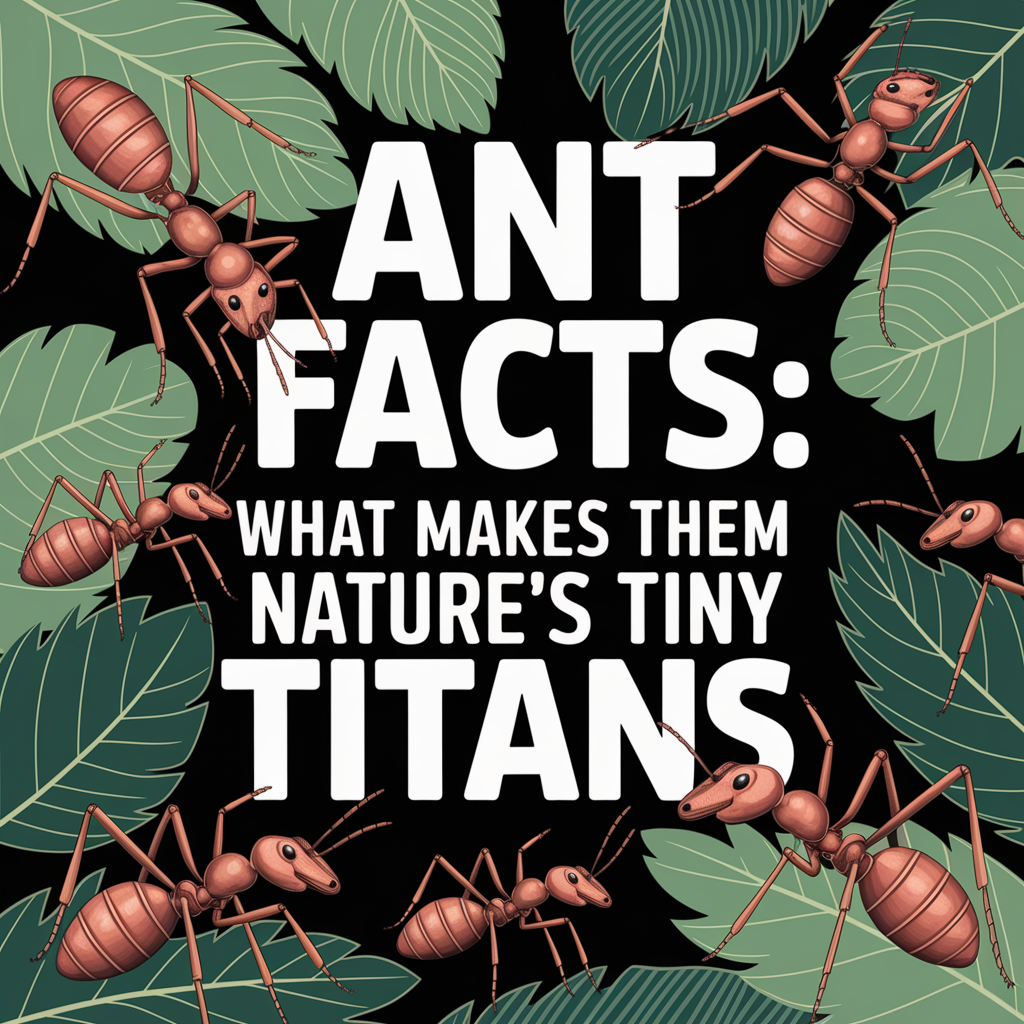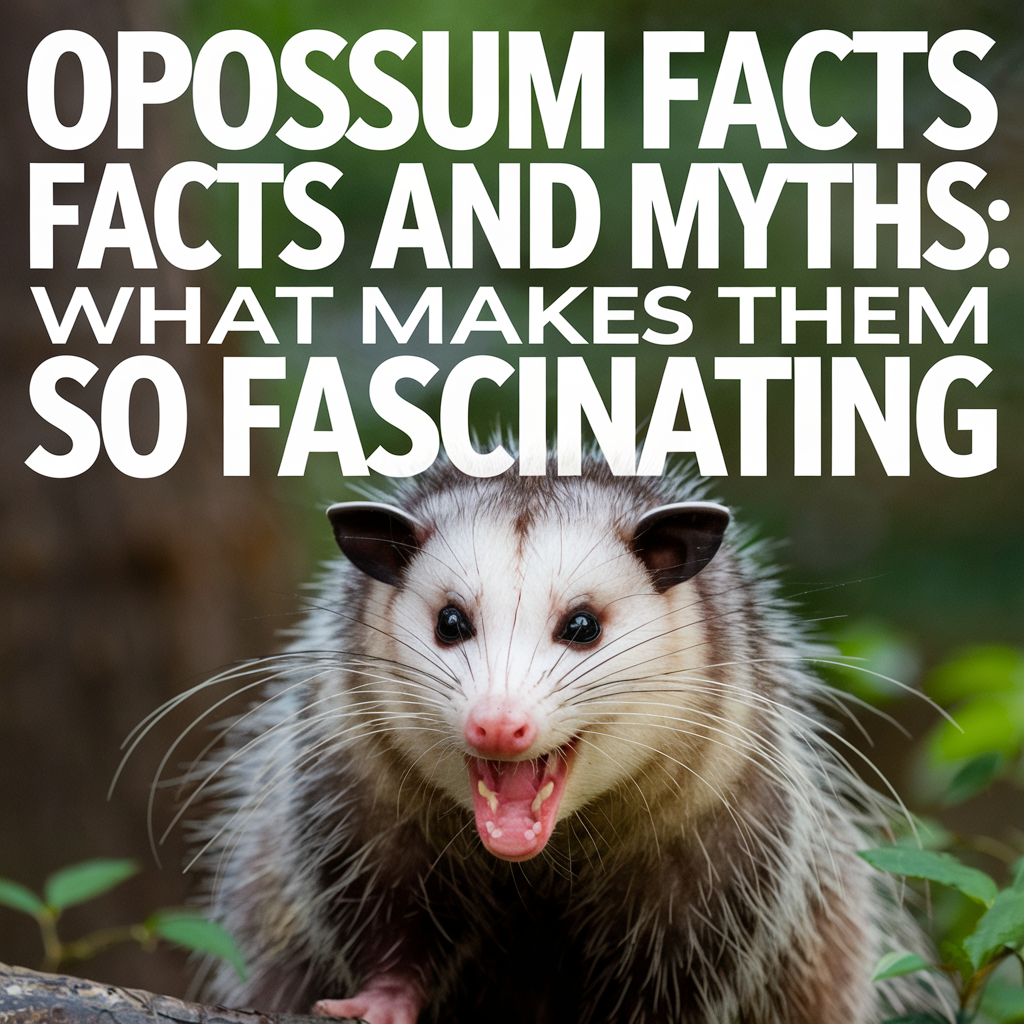
Ants: The Tiny Giants of the Insect World
Ants might be small, but they’re some of the most powerful and fascinating creatures on Earth. From lifting many times their body weight to building massive underground networks, ants have been quietly taking over the world for millions of years. With over 12,000 documented species and likely many more undiscovered, there’s way more to these little bugs than most people realize.
Ant Anatomy: What Makes an Ant Tick?
Ants have a pretty cool setup. They’ve got three body segments: the head, thorax, and abdomen. Their elbowed antennae help them feel and smell their way through life, while strong mandibles let them carry food, defend the colony, or even dig tunnels. Some ants have stingers or can spray acid, while others glide through the air like tiny paratroopers. They’re basically built for survival.
Where Ants Live and Thrive
Ants are everywhere—except Antarctica. You’ll find them in jungles, deserts, forests, grasslands, and most likely in your backyard. Depending on the species, their nests might be tucked underground, inside trees, under rocks, or hidden in walls. And don’t forget the crazy nomadic species like army ants—they don’t build homes at all, they just keep marching and eating.
The Ant Colony: A True Team Effort
Ants don’t live alone. Every colony is a buzzing community with a queen (or sometimes a few), female workers, and male drones. Everyone has a job and nobody slacks off. It’s one of the most efficient systems in the animal kingdom, and it works without a boss barking orders. Instinct and communication handle everything.
Queens, Workers, and Drones: The Cast of Ant Life
The queen ant lays all the eggs, and depending on the species, she might live anywhere from a couple of years to a couple of decades. Worker ants are always female and do all the work—cleaning, building, foraging, defending, and feeding everyone. The males are just there to mate. That’s it. Once they do that, they’re done. Literally.
What Do Ants Eat?
Ants are some of the least picky eaters in the insect world. They’ll go for anything from fruit and seeds to dead bugs and sugary drinks. Some ants herd aphids for their honeydew (like little bug farmers), while others grow fungus in underground gardens. If there’s a food source to exploit, ants will figure it out.
Common Types of Ants You Might See
Depending on where you live, you’ll probably see one or more of these: fire ants, carpenter ants, odorous house ants, pavement ants, and maybe even pharaoh ants. Each kind behaves differently—some bite or sting, some love sugar, and some chew through wood. Knowing which ants are which can help you deal with them the right way.
Why Are Ants So Strong?
Ants are built like tiny tanks. They can carry 10–50 times their body weight thanks to their low mass and high muscle density. It’s like a human bench pressing a pickup truck. This strength lets them move food, build tunnels, and even fight off enemies way bigger than them. Ants might be little, but they’re no weaklings.
How Ants Communicate Without Talking
No voices, no texts, no walkie-talkies—ants rely on chemical signals called pheromones to pass messages. If one ant finds food, it leaves a scent trail. Others follow. If danger’s nearby, they’ll give off a different smell. Combine that with body language like tapping antennae or touching, and you’ve got a fully functioning communication system that works in complete silence.
How Long Do Ants Live?
The lifespan of an ant really depends on its role. Queen ants can live for years, even up to 30 years in some species. Worker ants usually live for a few weeks to a few months. Male ants live the shortest—just long enough to mate, then they’re done. It’s a tough life, but every ant plays its part.
Ants in Your House: Should You Be Worried?
Most ants that sneak into your home are just looking for food or water. While they’re annoying, they’re usually harmless. But some—like carpenter ants—can damage wood, and pharaoh ants can spread bacteria. The key is identifying which ant you’re dealing with so you can handle them the right way.
Fire Ants: Tiny but Fierce
Fire ants are aggressive and pack a painful sting. If you’ve ever stepped on a fire ant mound barefoot, you know the feeling—burning, itchy welts that can last for days. They’re red or reddish-brown and known for swarming fast when their nest is disturbed. Definitely not ants you want near your kids or pets.
Carpenter Ants: The Silent Woodworkers
Carpenter ants don’t eat wood like termites, but they tunnel into it to build nests. Over time, this can cause real structural damage. They’re usually black and much larger than most ants. If you spot piles of sawdust near wood, it’s a red flag. These guys are the remodeling crew you never hired.
Sugar Ants: The Sweet Tooth Invaders
These tiny ants are obsessed with anything sugary—soda, candy, juice spills, you name it. Also known as odorous house ants, they leave behind a weird rotten smell when crushed. Not dangerous, but definitely pesky. Wipe down counters and keep food sealed tight to keep them out.
Pharaoh Ants: The Hidden Threat
Pharaoh ants are tiny, yellowish ants that are often found in hospitals, apartments, and homes. What makes them tricky is their ability to split into multiple colonies if threatened. They’re known to spread disease and are super hard to get rid of without professional help.
Crazy Ants: Yes, That’s Their Real Name
These ants earn their name from their erratic, jerky movement. They’re fast, unpredictable, and known for shorting out electrical equipment. Yep, you read that right—electronics. Crazy ants have invaded parts of the southern U.S. and are incredibly tough to control once they move in.
Ants That Farm: Nature’s Tiny Ranchers
Some ants actually farm other insects like aphids, protecting them from predators in exchange for sugary honeydew. Others even grow fungus underground, carefully feeding it leaves. It’s wild to think that creatures this small have mastered agriculture while humans were still learning to make fire.
The Positive Side of Ants
Not all ants are bad! Ants aerate soil, break down organic matter, and help control pests. Their underground tunnels improve soil drainage and nutrient mixing, which is great for plant growth. So while they can be a nuisance inside, they actually do a lot of good outdoors.
How to Get Rid of Ants Without Harming the Environment
If ants are bothering you but you don’t want to use harsh chemicals, try natural methods like diatomaceous earth, vinegar sprays, or essential oils like peppermint. Keep food sealed, clean up crumbs, and block entry points. It’s a mix of prevention and gentle deterrence that really works.
Weird Ant Facts You Probably Didn’t Know
- Some ants explode as a defense tactic (yeah, seriously).
- There are ants that can glide through the air if they fall from a tree.
- One species, the Argentine ant, has formed a supercolony that spans continents.
- Ants don’t have lungs. They breathe through tiny holes in their bodies.
- Queens can lay millions of eggs in their lifetime.



